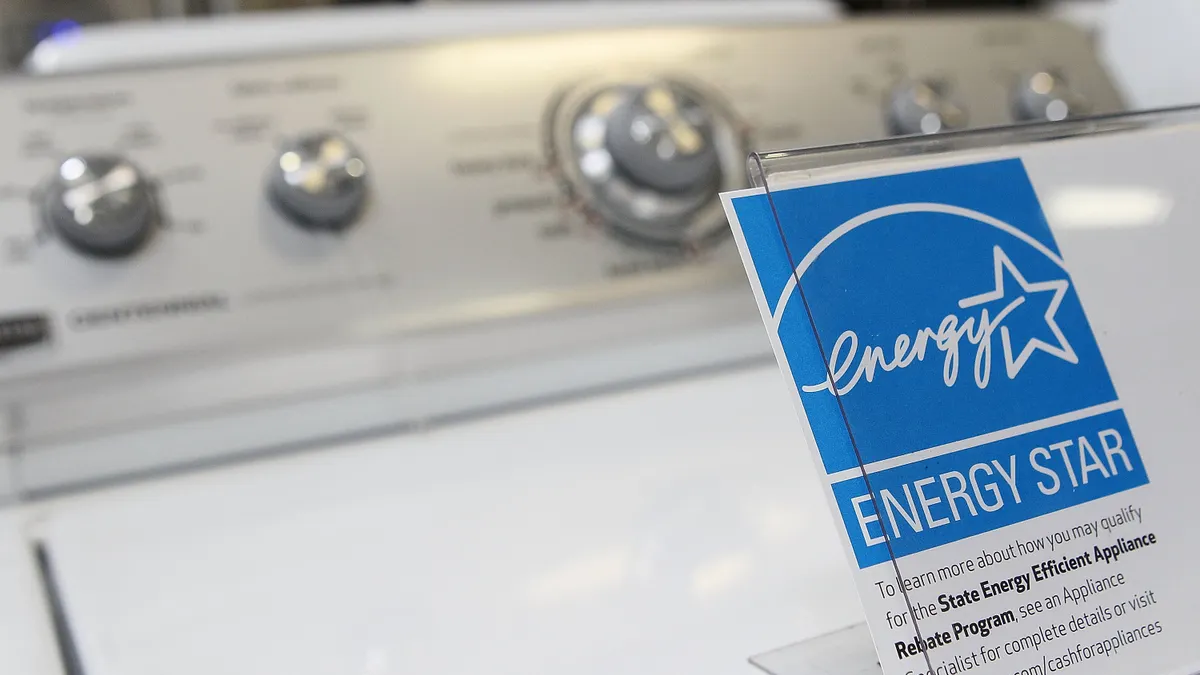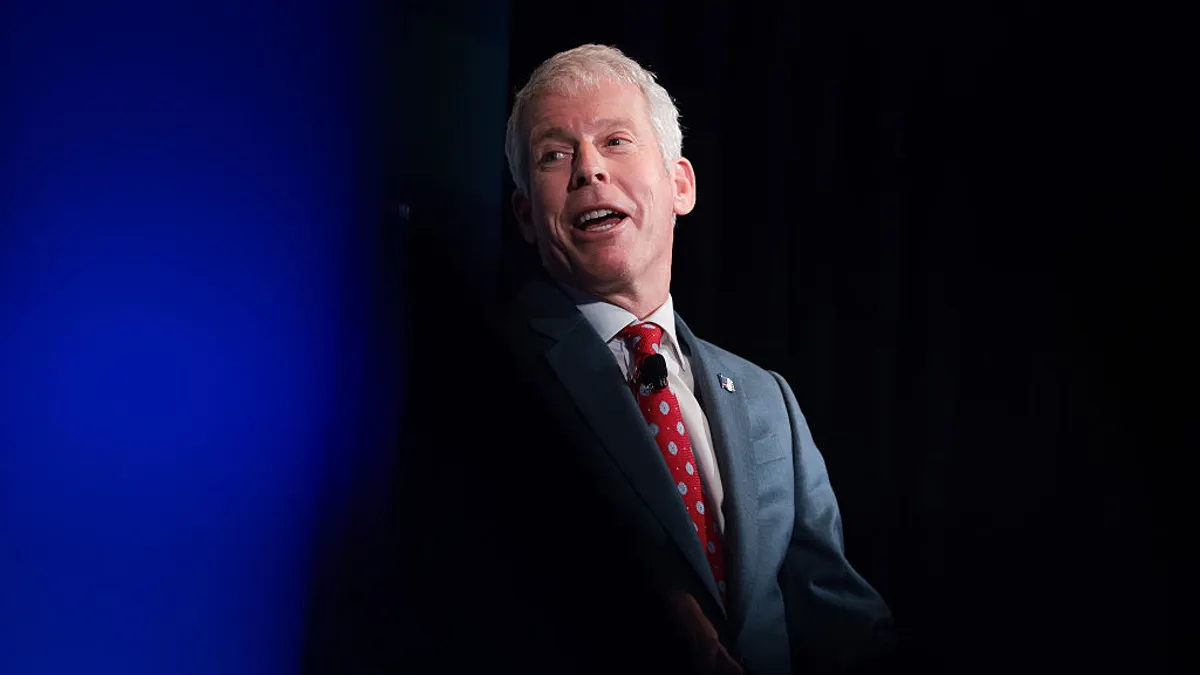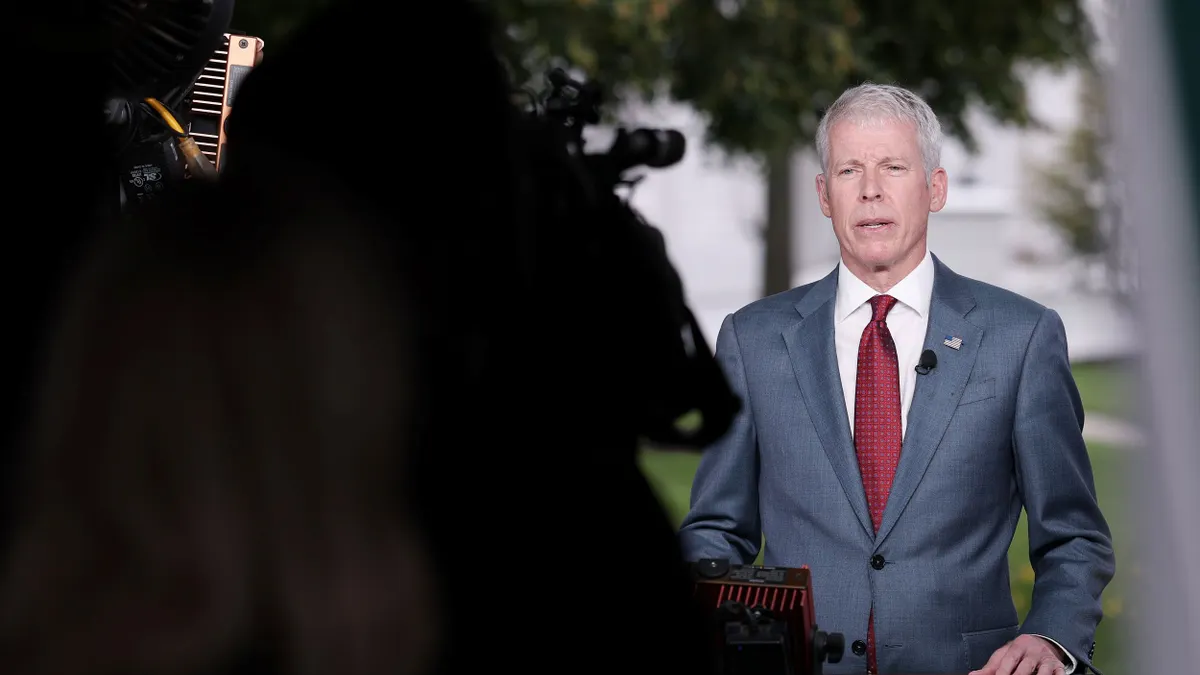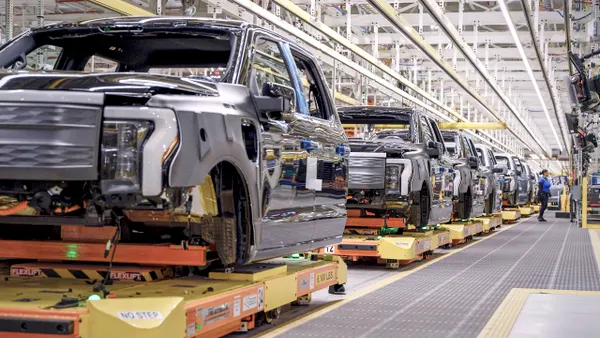Dive Brief:
- For the world to achieve net-zero emissions by 2050, the global annual rate of improvement in energy efficiency must double to at least 4% by 2030, energy efficiency advocacy group CLASP said in a Sept. 24 report.
- Improvements to appliance efficiency can deliver approximately 20% of the total reduction in energy demand required to meet the 2050 goal, according to the analysis.
- “Policymakers must rapidly implement stringent minimum efficiency standards for appliances, ensuring that they meet or exceed the best standards currently in place,” CLASP said. In the United States, the Trump administration has moved to roll back efficiency standards, including some that have been in place for decades.
Dive Insight:
Republicans and the Trump administration have been critical of the Department of Energy’s appliance efficiency program, which they argue adds significant consumer costs in exchange for marginal improvements to energy savings.
The program “has strayed far from its original intent and now yields the minimum energy efficiency benefits,” Rep. Brett Guthrie, R-Ky., said at a September House energy subcommittee hearing.
“There is such a huge disconnect between what our research shows is needed and what is possible and feasible ... and what the U.S. government is saying would be good for the world,” CLASP Senior Director of Research Ari Reeves said in an interview.
That disconnect is “extremely concerning,” he said, but he added, “I think the message in this report is a hopeful one.”
Other countries, including Indonesia, China, India and Brazil, “are all really bought-in to the potential for appliance efficiency to create beneficial change in their countries. And the previous U.S. administration felt the same way,” Reeves said.
DOE in 2023 estimated that stronger appliance standards finalized under President Biden would save consumers about $1 trillion and cut emissions by 2.5 billion metric tons over three decades. But at the House hearing last month, Guthrie said the two dozen regulations finalized by Biden’s DOE added $60 billion in consumer costs.
In February, DOE said it would pause implementation of certain appliance efficiency standards.
Even if DOE backs away from its appliance program, some efficiency improvements will continue, Reeves said.
“There’s a lot of inertia in the system,” he said. “Manufacturers are fairly reluctant to backslide, even if they are allowed to do so. ... But we can’t just glide along at a 2% annual improvement,” which is about the world’s current rate of improvement in energy efficiency.
The United States posted a 4% reduction in energy intensity in 2023, though experts cautioned that was due, in part, to milder weather. While no country has consistently achieved that rate, most major economies have shown that it is possible, Reeves said.
“Those countries already nearing the 4% improvement rate may need only incremental shifts, while others, particularly those with slower historical progress, will require more transformative actions,” the report states.
The report builds on work by the International Energy Agency, which identified energy efficiency improvements as key to limiting global warming. While appliances can account for about 20% of the energy savings needed to reach net zero, significant savings in the transportation, buildings and industrial sectors, particularly in motor-driven systems, are possible and will be needed, Reeves said.
“The U.S. is really giving up an opportunity if it persists in not being a leader on appliance efficiency,” he said. “There are others ready and eager to take its place.”















